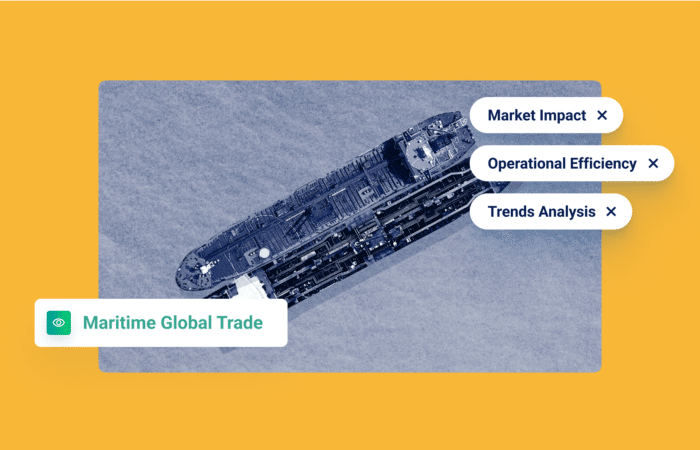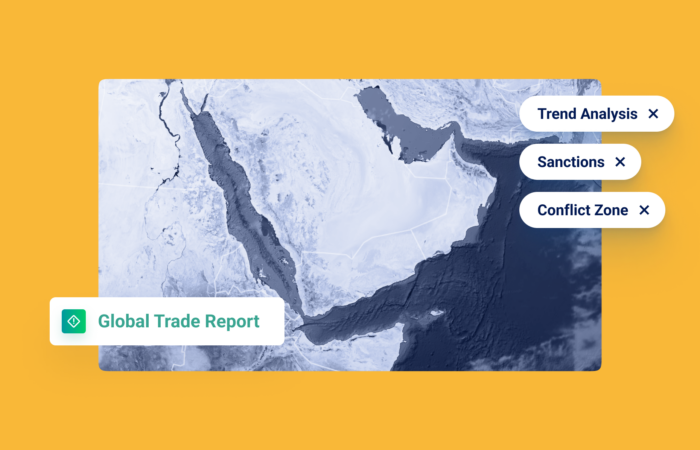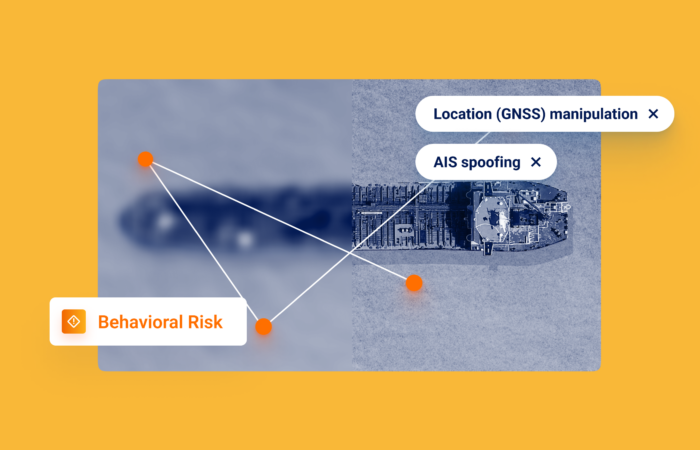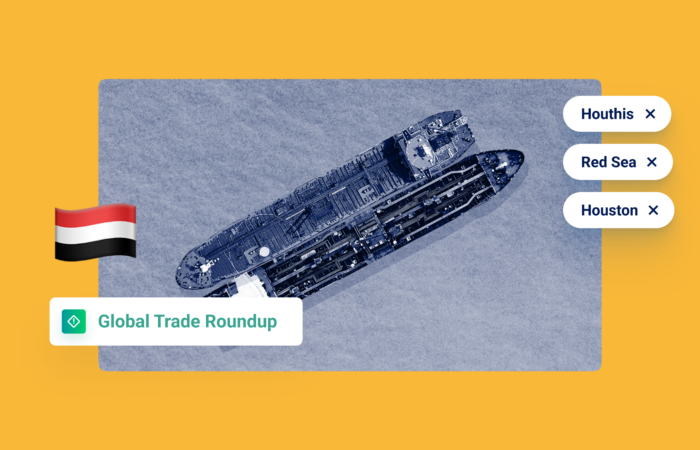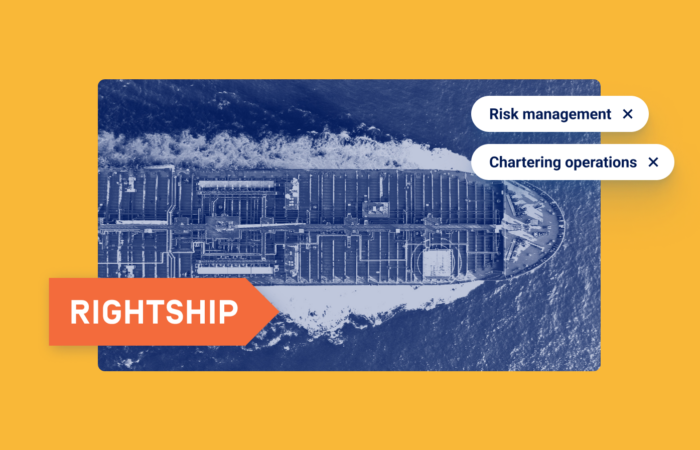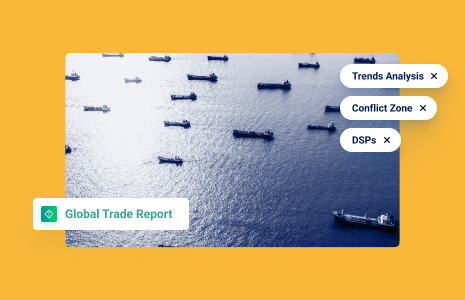What’s inside?
Ship-to-ship (STS) engagements for the purpose of oil smuggling are becoming increasingly complex and the headlines show that regulators are focused on curtailing this phenomenon. The EU is considering a new sanctions package banning any vessel that goes dark, or is involved in illicit STS meetings, from calling port in Europe. Since STS operations are a widespread, popular, and legitimate shipping practice, it is difficult to find the risky needle in the haystack.
For the bunkering domain, there is a sweet spot where organizations are reasonably protected from risks, such as STS engagements involving smuggling, but can still quickly facilitate deals and trade, despite the growing regulatory risk.
Windward’s recent webinar, “The Bunkering Balance: Navigating Opportunity & Risk with Maritime AI™,” featured top industry experts outlining the specific risks and explaining how to find the bunkering sweet spot to capitalize.
You’re Under Strict Regulatory Scrutiny…
“Being far removed from a transaction no longer means that you are far removed from sanction risk,” according to Stuart Thieffry, Compliance Officer for Element Alpha. Russia’s invasion of Ukraine was obviously a game-changer for marine fuel sanctions across all types of maritime services, including P&I clubs.
Harry Corkerry, Senior Director of Business Development and Strategic Accounts at Windward, noted that the emergence of gray and dark fleets has significantly increased risk detection complexity.
There has been a dramatic rise in ship-to-ship (STS) operations to continue transporting and distributing Russian oil. Now there is not just one STS, but STS chains. Multiple, back-to-back STSs where Russian cargo is passed. There has also been a dramatic spike in location tampering.
“It’s not just black and white in terms of, ‘Is this vessel engaging in deceptive shipping practices or not?’” noted Harry. “There’s a whole new gray area…(Windward alone has) identified around 900 vessels that are engaging in (gray fleet) activity…which has led to a change in the way people are approaching the evasion of sanctions.”
Adding to the difficulty, bunkering deals can be concluded in fifteen minutes, so organizations cannot reasonably stretch the sales process to an hour to conduct due diligence, without risking a lost opportunity.
But organizations can no longer plead ignorance and ask, “How were we supposed to know?” after being caught trading with sanctioned organizations or individuals.

Everyone is Impacted
Both large and small organizations are impacted by this changing landscape, but in different ways, according to our webinar experts. Large companies can be majorly impacted by huge fines and settlements… but the blockage of even a single small payment could devastate the cash flow of a lean organization.
Organizations need to carefully consider their risk appetite and the risk-reward around sanctions, specifically on the transactional level. These include credit risk and potential blockage of payments. Is this a six-figure problem? Potentially a seven-figure issue?
Bunkering involves a high level of risk, particularly concerning credit. An additional consideration is that large companies may have access to lobbyists to resolve potential sanctions violations. Small companies may not. This makes it perhaps even more critical for small providers to have strict processes in place.
Capitalizing on the Commercial Advantage
The webinar moderator, Anthony Mollet, Executive Officer at Marine Fuel Alliance, interjected that all is not gloom and doom when it comes to bunkering and the associated risks.
“There are commercial opportunities here if people take the time to stop and understand the practices that they are (engaging in) and explain it across their supply chain and with their internal colleagues – because you can’t have the managing director and the financial director not sleeping at night.”
How can organizations capitalize? Harry highlighted how quickly and easily Maritime AI™ can cut through the noise and help facilitate trade:
“Deploying domain-focused artificial intelligence allowed (Windward) to identify 460,000 ship-to-ship operations in 2022,” said Harry. “It sounds like a lot, but the reality is by remaining within that ‘sweet spot,’ we were able to front-load and clear 99.6 percent of those STS operations as having no connective risk.”
Stuart also discussed the importance of technology for Know Your Customer (KYC) purposes: “I really do recommend anyone who hasn’t gotten onboard with one of the (maritime) technology firms to urgently get onboard with this. This is now going to be ubiquitous, no matter your size, no matter where you are within the shipping supply chain worldwide.”
See For Yourself
This is just a small sampling of what was discussed in this important webinar. Check it out for additional actionable insights.


